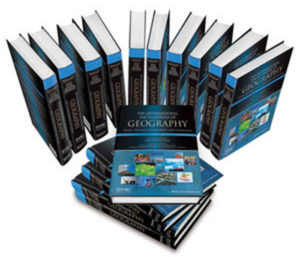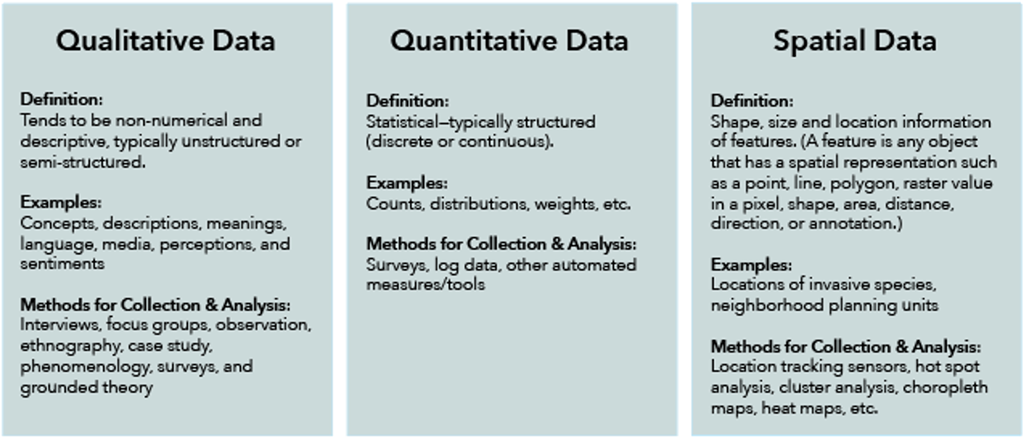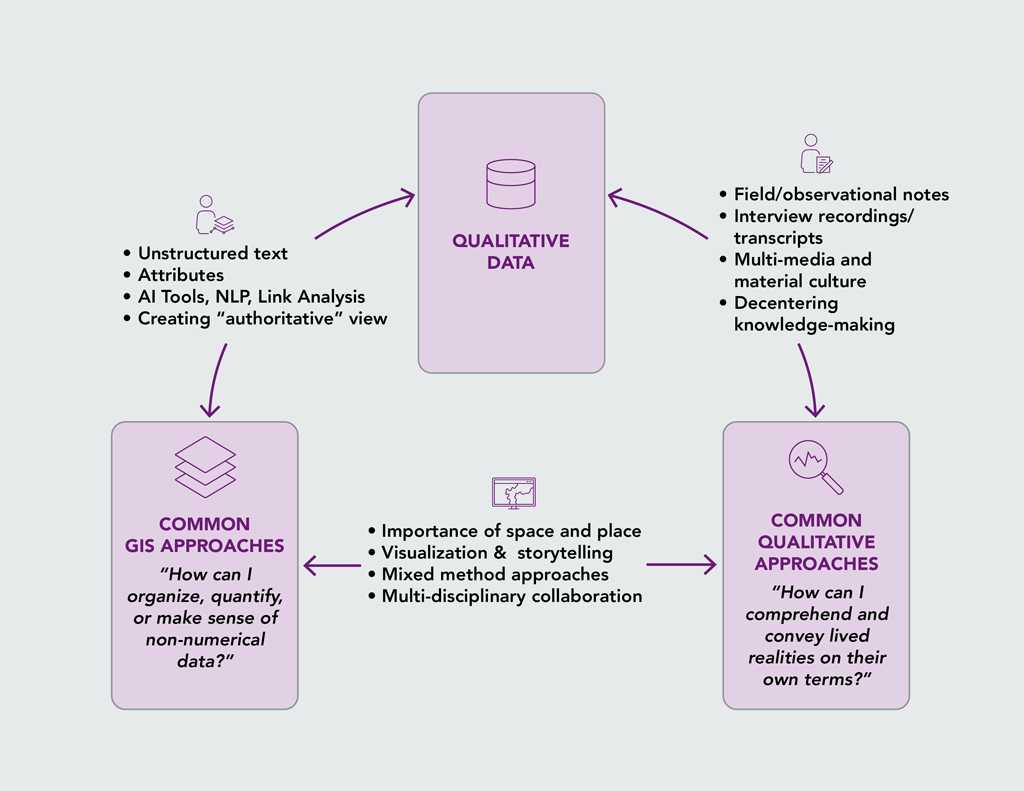Laurence Allan James
Laurence Allan James passed from this world in the loving arms of his sister and niece on the night of December 3, 2022.
Allan (AKA, A.J.) was born in Hollywood, California, on March 18, 1949, into a family of many geologists. His family moved to Sacramento in northern California in 1956. He was active in Little League baseball and later attended Mira Loma High School, where he was on the Honor Roll, elected Senior Class President, played basketball and ran on the cross-country track team. He also began to write songs and play guitar with his friends. The garage band at 4425 Glen Oak Court was infamous.

After high school, he interrupted his studies at University of California, Berkeley a number of times to pursue his singer-songwriter aspirations. Allan helped run a café on Bleeker Street in New York City and busked in Europe. He hitchhiked across the United States to greet his newborn niece.
He earned his bachelor’s degree in 1978 and moved to Madison, Wisconsin, where he pursued two Masters of Science degrees, in Water Resources Management and in Geography, with Jim Knox as his advisor. His Ph.D., also from the University of Wisconsin, was held jointly in Geography and Geology, with James C. Knox and David M. Mickelson as his dissertation advisors. While in Madison, he researched several family pioneers, including a Civil War hero who has a statue there.
Allan taught at the University of Wisconsin and in Atlanta, Georgia before moving to the University of South Carolina in 1988, where he was a professor in the Geography Department for three decades. He also served as Director of the BioGeomorphology Laboratory and Senior Associate in the Environment and Sustainability Program.
His teaching and research primarily focused on fluvial geomorphology with emphases on river sedimentation, floodplain and channel morphogenesis following human activities, interactions between alluvium and flooding, and the use of spatial analysis in geomorphology. Specific themes included investigations of hydraulic mining sediment in California, historical erosion by rills and gullies and floodplain sedimentation in the U.S. southeastern Piedmont, concepts of legacy (anthropogenic) sediment, Quaternary glaciations of the northwestern Sierra Nevada in California, geomorphometry and geomorphic change detection.
He was a member of national and international societies encompassing the field of geomorphology, including the Geological Society of America (GSA) and the American Association of Geographers (AAG) and received a number of Distinguished Career awards. The Southeastern Division and Water Resources Specialty Group of AAG honored him with Distinguished Career awards in 2018. The Geomorphology Specialty Group (GSG) of the AAG presented him with the Grove Karl Gilbert Award for Excellence in Research in 2015 and the Melvin G. Marcus Distinguished Career Award in 2023. (He was notified of the latter award by his friends prior to his death.)
Allan was predeceased by his parents, Laurence B. and Elizabeth M. James, and his brother Benjamin. He is survived by his sister Catherine (JJ) DeMauro, his brother Stephen, his niece Stacey Swatek Huie and her spouse Jeremy, their daughters Madeleine and Miriya, his ex-wife Myrna N. Skoda James, her sons Joseph Skoda, Jr. and Jesse Skoda, granddaughters Chloe and Kylie, and his beloved companion Dr. Marcia Ehinger.
According to his wishes, he will be cremated and interred in his parents’ plot at East Lawn Cemetery on Greenback Lane in Sacramento, California. Celebration of life events are planned at his sister’s home and at the AAG annual meeting in 2023.
Written by Dr. Marcia Ehinger

 Representing the definitive reference work for this broad and dynamic field, The International Encyclopedia of Geography: People, the Earth, Environment, and Technology arises from an unprecedented collaboration between Wiley and the American Association of Geographers (AAG) to review and define the concepts, research, and techniques in geography and interrelated fields. Available as an online resource and as a 15-volume full-color print set, the Encyclopedia assembles a truly global group of scholars for a comprehensive, authoritative overview of geography around the world.
Representing the definitive reference work for this broad and dynamic field, The International Encyclopedia of Geography: People, the Earth, Environment, and Technology arises from an unprecedented collaboration between Wiley and the American Association of Geographers (AAG) to review and define the concepts, research, and techniques in geography and interrelated fields. Available as an online resource and as a 15-volume full-color print set, the Encyclopedia assembles a truly global group of scholars for a comprehensive, authoritative overview of geography around the world.

